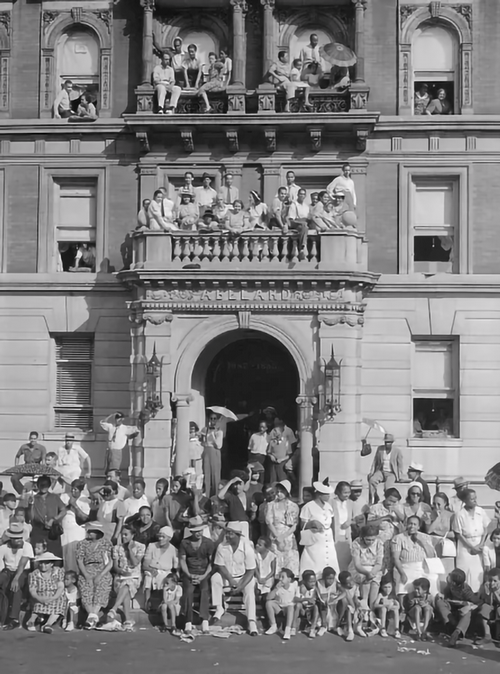
by Jeremy Daggett, director of Harding University Latin America
I’m a late bloomer when it comes to enjoying history. Sadly, when I was a student at Harding I didn’t yet appreciate the study of human history and movement. Now I see it for the superpower it is: a form of time travel for the sake of a more centered present and future. We are storied people, so the stories we tell and how we listen to others’ stories across time and space has a lot to do with who we are becoming.
The Warmth of Other Suns is fantastic. Heart-wrenching. Emotional. Enlightening. It was one of those books that I finished, and then I just lay in bed for half an hour, looking up at the ceiling and letting it soak in. I couldn’t read anything else for a few days because I just had to think.
This book is about the Great Migration, the movement of six million African Americans from the rural U.S. South to the North and West from 1910 to 1970. Wilkerson tells the story of three individuals and their families who moved to the North, escaping the Jim Crow South, in three consecutive decades:
The narrative rotates among these three protagonists’ stories: their lives in the South, the terrifyingly uncertain journey North (or West), and their struggles to make a life. Wilkerson zooms out throughout the book to give big picture analysis and details. I knew little about the Great Migration before reading it. And learning about the changes to the landscape of the U.S. throughout that time period — from World War I through the Civil Rights Movement — have helped me make important connections to today’s world.
Isabel Wilkerson is an incredible history writer. Her prose is almost poetic and reads as a novel. Here’s a highlight from the introduction, to give you a taste:
It was during the First World War that a silent pilgrimage took its first steps within the borders of this country. The fever rose without warning or notice or much in the way of understanding by those outside its reach. It would not end until the 1970s and would set into motion changes in the North and South that no one, not even the people doing the leaving, could have imagined at the start of it or dreamed would take nearly a lifetime to play out. Historians would come to call it the Great Migration. It would become perhaps the biggest underreported story of the twentieth century. It was vast. It was leaderless. It crept along so many thousands of currents over so long a stretch of time as to be difficult for the press truly to capture while it was under way. Over the course of six decades, some six million black southerners left the land of their forefathers and fanned out across the country for an uncertain existence in nearly every other corner of America. The Great Migration would become a turning point in history. It would transform urban America and recast the social and political order of every city it touched. It would force the South to search its soul and finally to lay aside a feudal caste system. It grew out of the unmet promises made after the Civil War and, through the sheer weight of it, helped push the country toward the civil rights revolutions of the 1960s.
It’s a long book at more than 600 pages, but if you get a chapter or two into the lives of each of the main characters, you won’t want to put it down. It won’t take long to see how these stories help us make sense of the great challenges we face together now in our shared life in the US.
As you dive in, I recommend listening to Krista Tippett’s interview with Isabel Wilkerson for the On Being podcast. It’s a beautiful, life-giving conversation — the very thing that made me read this book almost exactly five years ago. I’m excited to re-read it this summer.